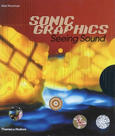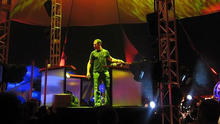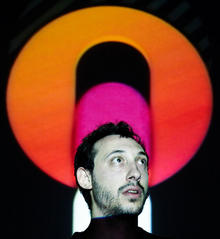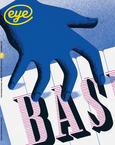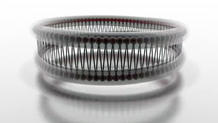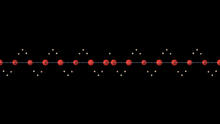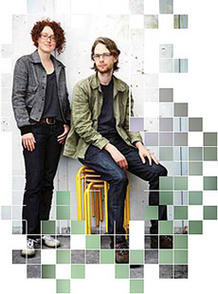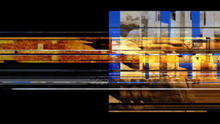Paul Mumford (Labmeta)
is a director, designer and artist currently based in London. He is active across a range of motion graphics projects including music promos, shorts, commercials, installations, exhibitions and live performances.
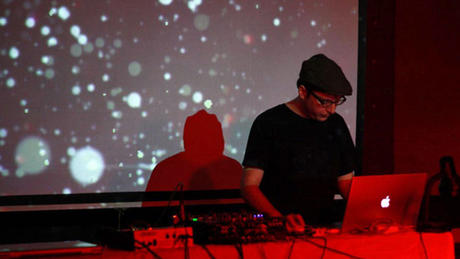
Paul Mumford's various jobs and commisisions has led him to work on projects for artists such as Michael Fakesch, Franz Ferdinand, Kylie Minouge and Depeche Mode; companies such as onedotzero, Sony and MTV; and also at events and venues such as Sonar, Cybersonica, the ICA and the Tate Britain.
He has also tackled numerous personal projects of an ambitious nature bringing together research in the fileds of narrative and live performance with a contemporary flair for live cinema in projects such as Autometa and the Storycollector. At the heart of this work though is a love for stories, people and dreams, something that has driven his practice, manifesting itself as intricate, sensitive and contemporary motion graphics for live audiences and audio visual lovers.
Source: Labmeta
Paul Mumford is a designer and artist currently working in motion graphics across a range of music promos, short films and commercials with London based Blunt Films. At the heart of his work is a love for stories, people and dreams, something that has driven his research and his personal through his Masters Degree and current projects. While exploring VJing and visuals arts over the past ten years he has become centrally involved in the AVITUK festival as a co-director, founded the research and production group the Narrative Lab, held a regular VJ column for DJMag as well as performing across the UK and Europe at events such as the Big Chill, Cybersonica, UAF and Contact Europe.
Source: VJ Theory
